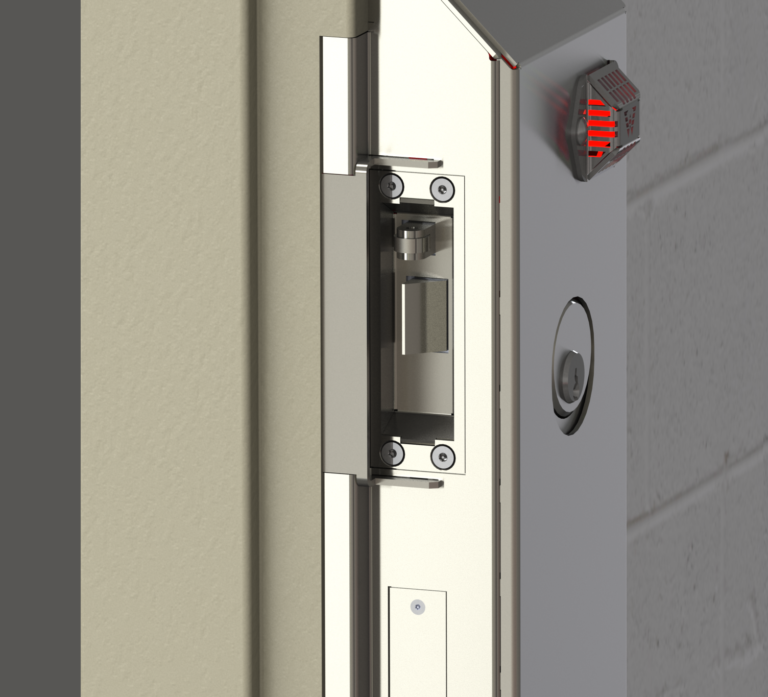Minnesota Agencies Seek $140 Million for Prisons, Sex Offender Facilities
ST. PAUL, Minn. – The Minnesota Department of Corrections and the Department of Human Services are asking the state for nearly $140 million to provide facilities to hold state prisoners and sex offenders.
In 2004, Minnesota had the fastest growing prison population in the country, thanks largely to nearly two decades of policy reform and increases in mandatory sentences, according to officials.
Last year the state’s prison population increased 13 percent from 2003, according to the Bureau of Justice Statistics. In 2004 there were 8,333 inmates incarcerated in Minnesota state prisons, an increase of about 45 percent over the 5,766-inmate population in 1999.
DOC officials say an increase in sentencing for drug and sex offenses, and an increase in methamphetamine offenders and offenders convicted with DNA evidence have contributed to the spike. Recidivism has also played a role in the bulging inmate population.
The DOC's request for funding includes a plan to increase the capacity of Faribault Prison from 1,941 inmates to 2,286. The $41.5 million expansion at the facility would be added to the $85 million expansion that was already approved this spring. The DOC wants another $18.6 million for a 150-bed facility that would house violent, high-risk inmates in a segregation unit, and $8.8 million for a 92-bed expansion at the Shakopee women's prison.
Requests for $44 million for a facility for sex offenders at St. Peter State Hospital will also be sent to the state Legislature for consideration. The new sex-offender program will be a secured 150-bed facility. Another request for the addition of 50 beds for the sex-offender treatment program at Moose Lake State Hospital would cost $25 million.
With up to $3 billion in building requests expected, and only about $900 million to allocate, it may be hard for the state to give such a large portion of the budget to corrections when construction is needed for colleges and universities, mass transit, and parks and trails, according to officials.
If the funding is approved, it will be the largest construction project the two agencies have embarked on in more than 10 years. Despite the surge in inmates, Minnesota has one of the lowest inmate populations in the country, with 169 inmates per 100,000 residents, according to the BJS. Maine is the only state with a lower rate, with 149 inmates per 100,000 residents. The national average is at 433 inmates per 100,000 residents.






